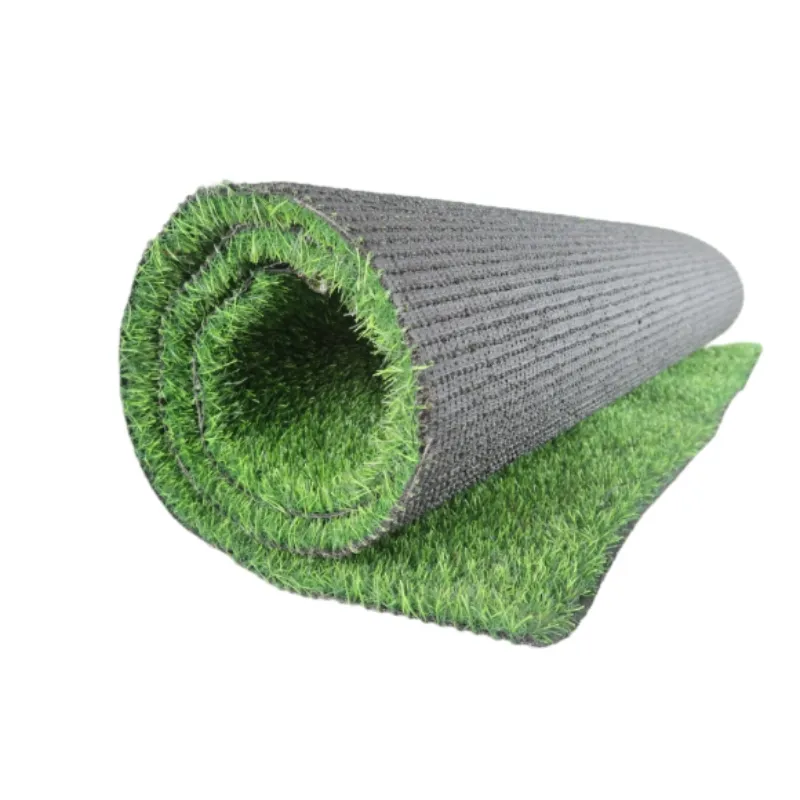
- Afrikaans
- Arabic
- Belarusian
- Bengali
- Czech
- Danish
- Dutch
- English
- Esperanto
- Estonian
- Finnish
- French
- German
- Greek
- Hindi
- Hungarian
- Icelandic
- Indonesian
- irish
- Italian
- Japanese
- kazakh
- Rwandese
- Korean
- Kyrgyz
- Lao
- Latin
- Latvian
- Malay
- Mongolian
- Myanmar
- Norwegian
- Persian
- Polish
- Portuguese
- Romanian
- Russian
- Serbian
- Spanish
- Swedish
- Tagalog
- Tajik
- Thai
- Turkish
- Turkmen
- Ukrainian
- Urdu
- Uighur
- Uzbek
- Vietnamese
Understanding the Costs of Artificial Grass for Your Outdoors Project
Oct . 02, 2024 06:12 Back to list
The Cost of Fake Grass An In-Depth Analysis
In recent years, artificial grass, commonly known as fake grass or synthetic turf, has gained immense popularity among homeowners, businesses, and municipalities. Its appeal lies in its low maintenance requirements, evergreen appearance, and versatility across various environments. However, one key consideration for anyone contemplating its installation remains the cost. This article delves into the factors that contribute to the overall cost of fake grass, enabling potential buyers to make informed decisions.
Understanding the Pricing Structure
The cost of fake grass varies significantly based on multiple factors. On average, the price can range from $5 to $20 per square foot, depending on its quality, type, and brand. Higher-end products may cost even more, but they usually come with enhanced durability and realism. Understanding the pricing structure becomes particularly crucial when planning a budget for installation.
Factors Influencing the Cost
1. Quality of Material The foremost factor affecting the price of fake grass is the material quality. Synthetic turf is primarily made from polyethylene, polypropylene, or nylon. While polyethylene is typically the least expensive, it may lack the durability of nylon, which is stronger but also more costly. Consequently, customers need to weigh the benefits of longevity against their budget.
2. Type of Turf Different types of artificial grass are designed for specific applications. For instance, pet-friendly turf often has a drainage system and is designed to withstand wear and tear from pets, which may come at a higher price. Sports turf, designed for athletic fields, is also generally more expensive due to its advanced engineering to handle high traffic.
3. Installation Costs The installation process involves careful preparation of the ground, which can incur additional costs. Installation fees can range from $2 to $7 per square foot, depending on the complexity of the job and the region. If the area requires grading or additional drainage, these factors can drive up costs further. Hence, it’s vital to consider not just the grass itself but also the expenses associated with proper installation.
fake grass cost

4. Size of the Area The total cost will also vary depending on the size of the area being covered. Larger spaces may benefit from bulk pricing discounts, which can help mitigate overall expenses. However, smaller projects might not offer such flexibility, potentially leading to higher per-square-foot costs.
5. Maintenance Considerations One of the selling points of fake grass is its low maintenance needs. Unlike natural grass, it does not require mowing, watering, or fertilization. However, it is essential to factor in periodic maintenance costs, such as brushing and cleaning, to ensure longevity and aesthetics. These maintenance activities, though minimal, may still contribute to the total cost over time.
Long-Term Investment vs. Upfront Costs
While the initial investment in fake grass can seem substantial, it’s crucial to consider the long-term savings. Over time, homeowners and businesses can save significantly on water bills, lawn care products, and labor costs associated with maintaining a natural lawn. Many artificial grass products come with warranties of 8-15 years, assuring buyers of their durability and value in the long run.
Conclusion
The cost of fake grass can vary widely based on a multitude of factors, including material quality, type of turf, installation complexities, area size, and long-term maintenance considerations. Despite the initial higher upfront costs compared to natural grass, the advantages offered by synthetic turf can provide substantial savings over time. For those considering the switch to artificial grass, conducting thorough research and obtaining multiple quotes from reputable suppliers and installers is essential. This due diligence will not only help in understanding the costs involved but also in making a sustainable and aesthetically pleasing decision for your property.
Ultimately, with the right information and planning, fake grass can be a worthwhile investment that enhances property value and user experience without the burden of high maintenance demands.
-
The Benefits of Artificial Turf for Indoors
NewsJul.15,2025
-
How Artificial Grass Suppliers Ensure Quality Products
NewsJul.15,2025
-
Artificial Grass and Pets: A Space for Relaxation
NewsJul.08,2025
-
Balcony & Outdoor Decoration with Artificial Grass
NewsJul.08,2025
-
Best Indoor Artificial Grass for Home
NewsJul.07,2025
-
Best Pet Turf for Dogs: Safe & Durable Artificial Grass Options
NewsJul.07,2025
Products categories









